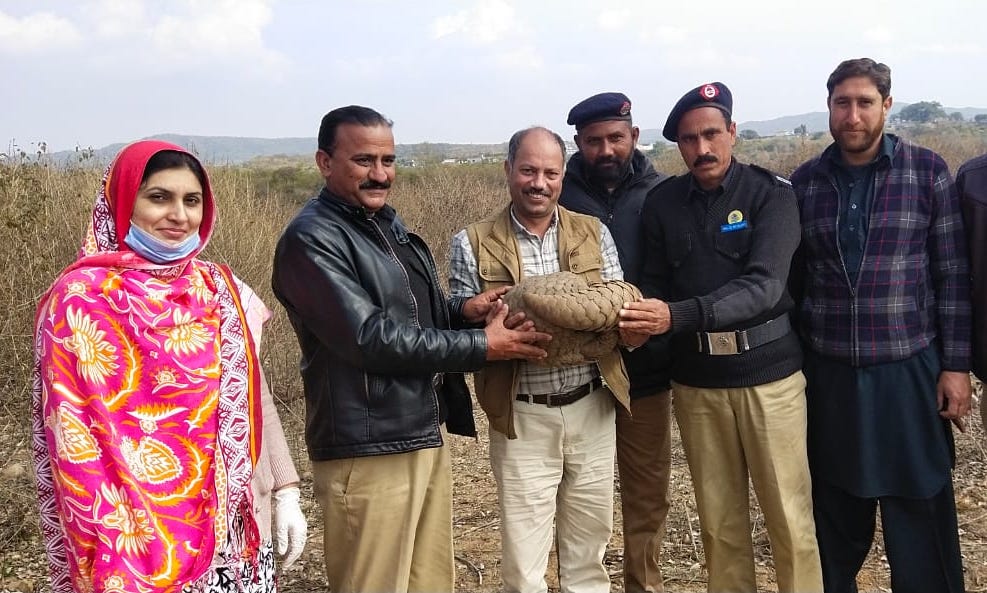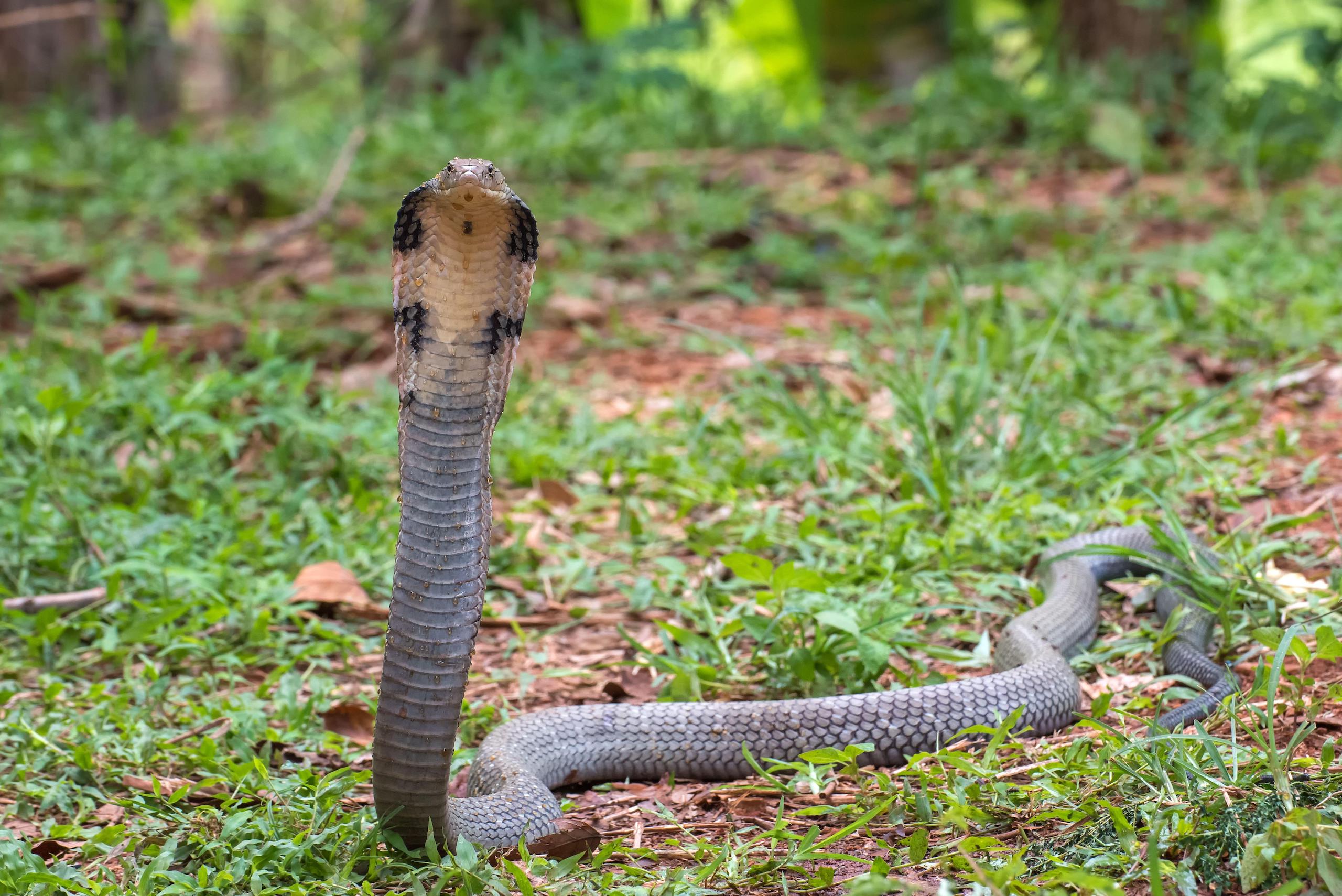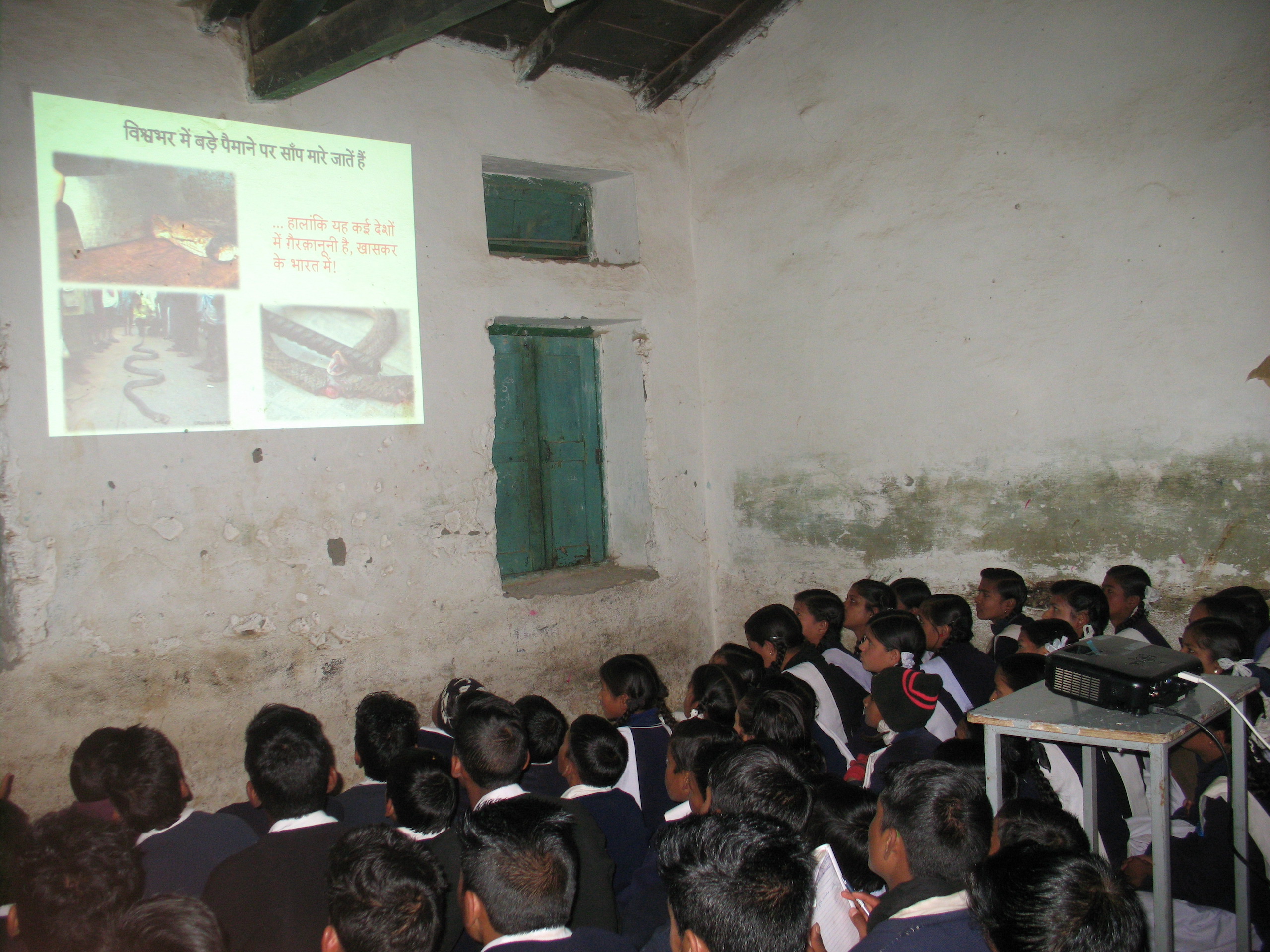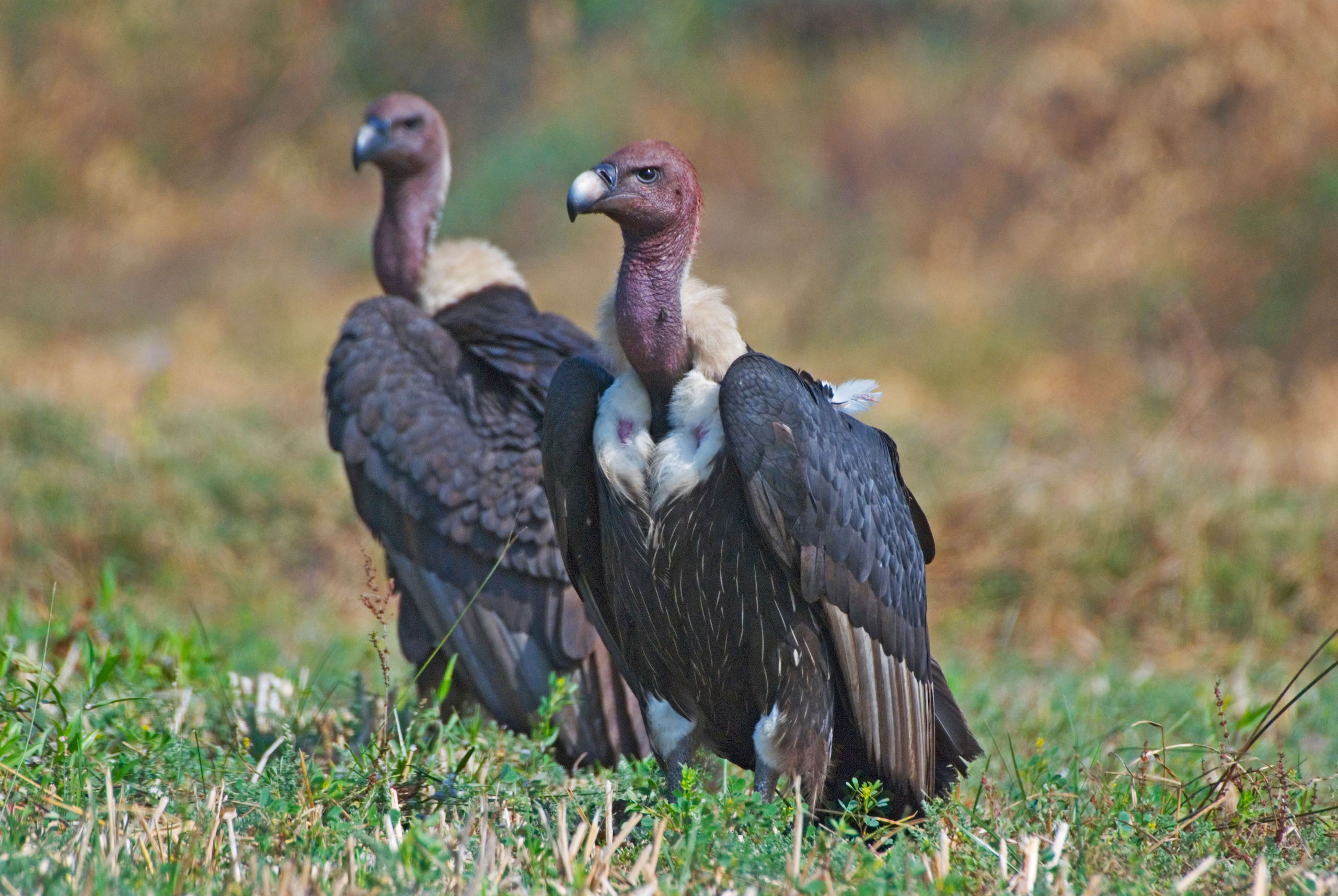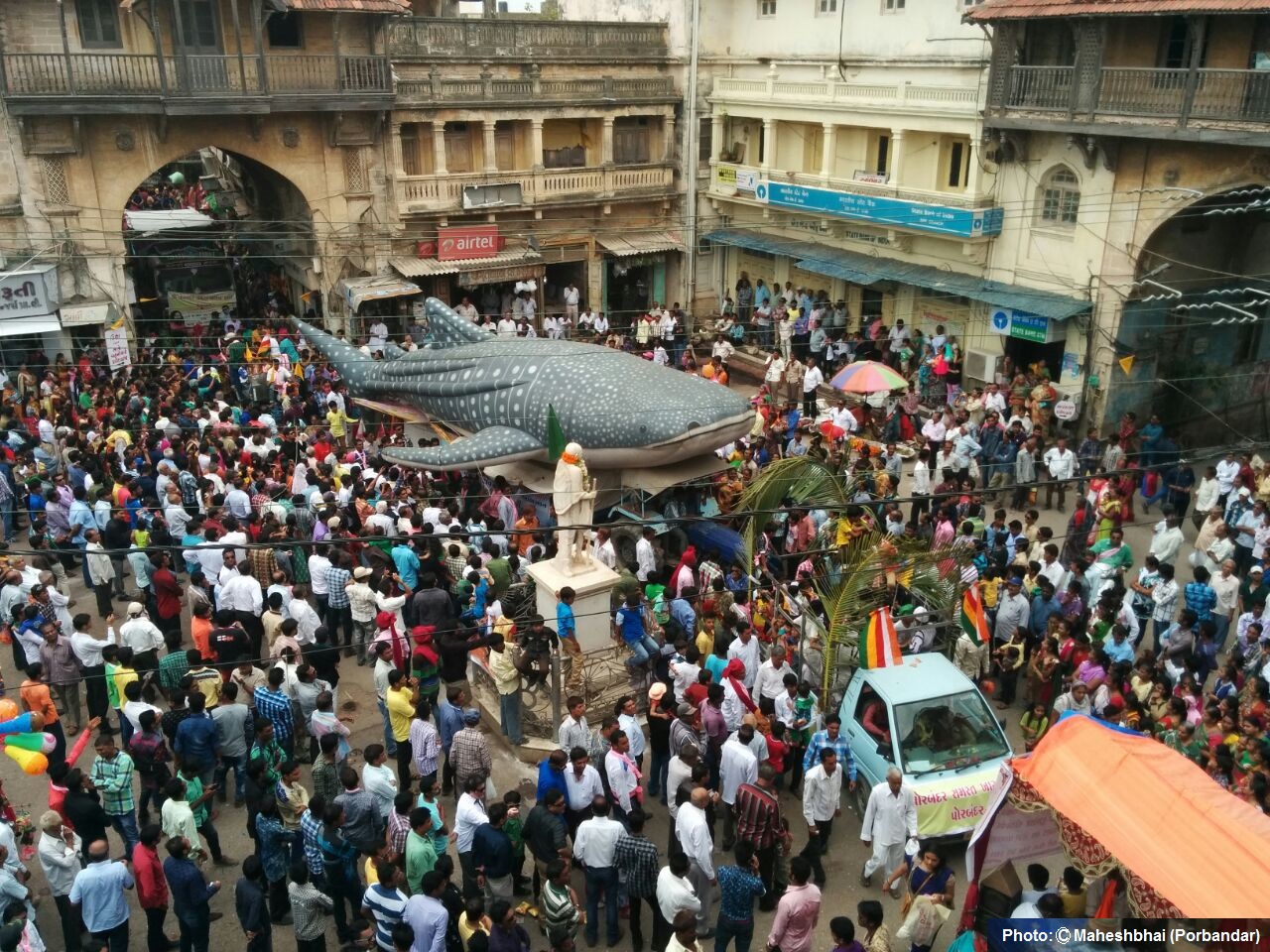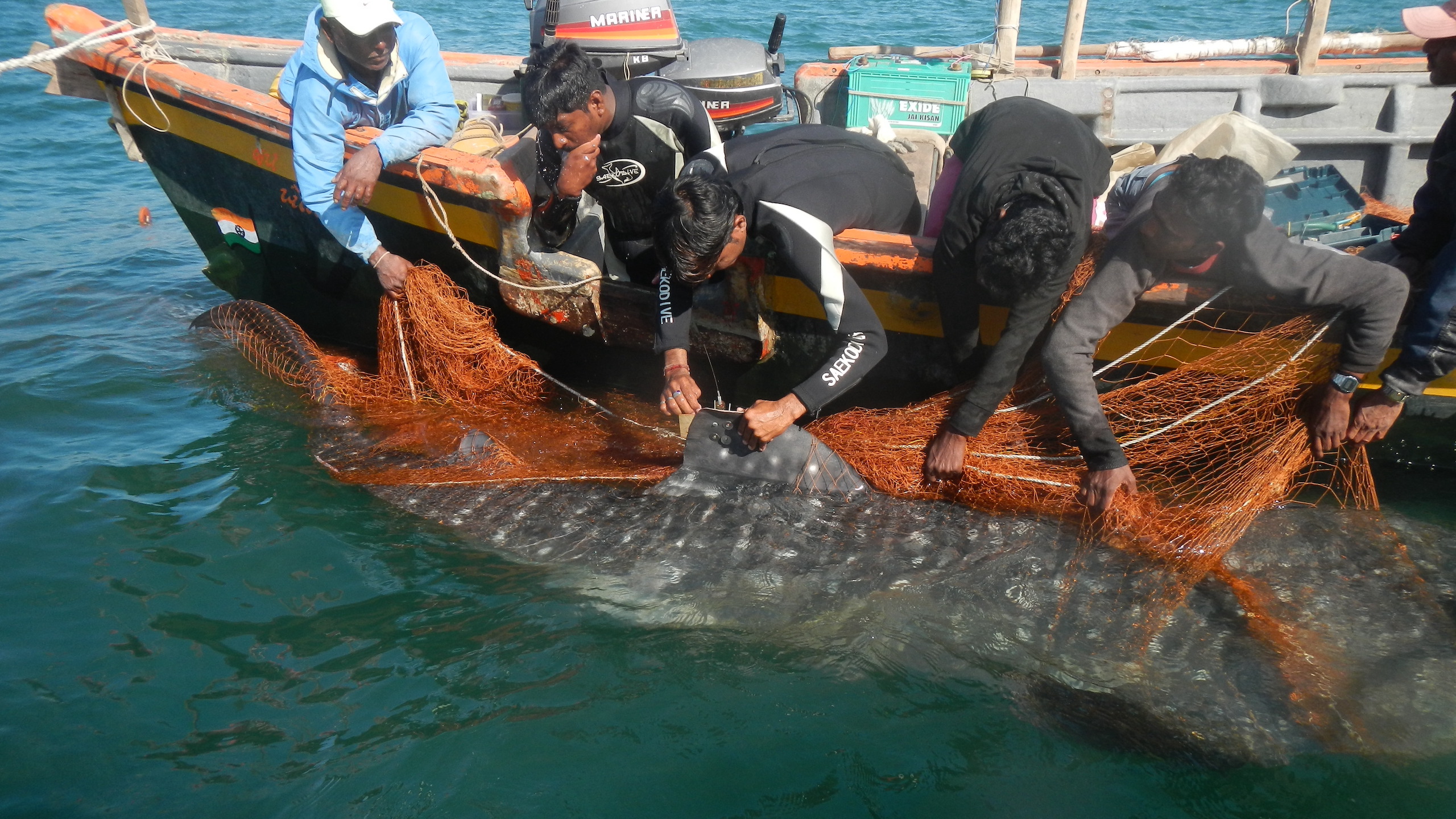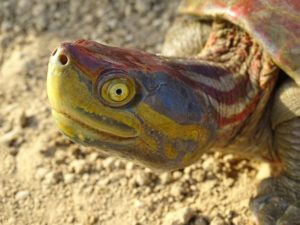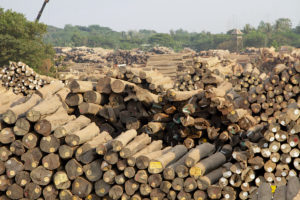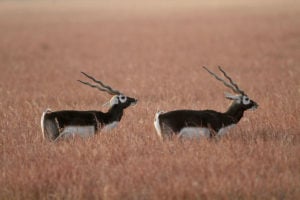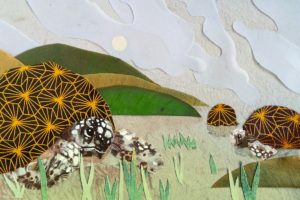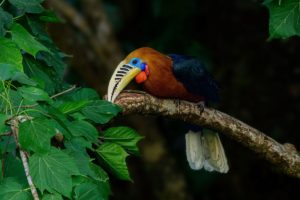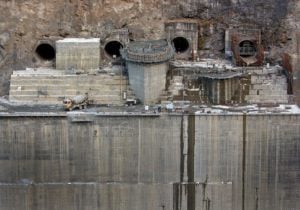Culture has always shaped human societies’ relationships with wild animals. The way a species is perceived by the communities it lives alongside can have a huge impact, sometimes determining whether it is protected or persecuted.
A wild animal that is considered helpful or auspicious might be sheltered from harm, while spiritual and traditional beliefs might mean it is taboo to kill a particular animal, such as tigers. But where a species is believed to be unlucky or dangerous, it may be persecuted to the point that its existence is threatened. Separately, beliefs around the properties of certain animals can drive hunting or illegal wildlife trade, as their body parts are sought after for traditional medicine or charms.
In India and Pakistan, many species are granted legal protection from hunting and persecution via domestic legislation, while agreements such as CITES regulate trade across international borders. But laws alone are seldom enough to ensure the survival of species that are exposed to a multitude of threats, some of which may be deeply rooted in culture and tradition.
Across South Asia, a range of conservation programmes are aiming to help animals that are not always considered attractive or appealing, by encouraging changes in people’s attitudes towards them. Here we take a look at four such projects.
Pangolins in Pakistan: from grave robbers to guardians
Pangolins are shy nocturnal mammals, whose bodies are covered with a full armour of scales. These scales are the very reason they are threatened with extinction: pangolin scales are used in traditional Chinese medicine. While their international trade is now banned, this demand is still leading to large-scale poaching of pangolins, including in South Asia.
The endangered Indian pangolin is also native to Pakistan, where certain misconceptions have surrounded the harmless ant-eating mammals. Muhammad Waseem, senior manager of conservation and nature-based solutions at WWF-Pakistan, says that it was once widely believed that pangolins dig up graves and feed on buried human bodies, and that this turned communities against the animals.
Waseem says this attitude meant locals were willing to help poachers and traders find pangolins by guiding them to their burrows – underpinned by a perception that pangolins were an unimportant species and their disappearance would have no effect. “We realised that these perceptions were the driving force behind illegal trading of the pangolins,” Waseem says.
WWF-Pakistan began designing programmes to transform community attitudes, including awareness-raising with schoolchildren. This involves screening documentaries on pangolins and holding sessions in schools where children learn about their ecological importance. The NGO has established six community-based pangolin protection zones, with locals employed as guards. “Communities have reported 86 pangolins that they found near their village,” says Waseem. Previously, they were contacting poachers instead of WWF, he says.
WWF-Pakistan is now planning to scale up its pangolin programmes to help communities across the country better understand the animals’ important ecological role.
Cobras: Protecting the king in Kumaon
The largest of all venomous snakes, the king cobra is native to South and Southeast Asia. While a bite from a king cobra is potentially lethal, it is usually not aggressive to humans, and feeds mostly on other snakes such as rat snakes and even smaller cobras – the reason why it’s called the king.
The king cobra is listed as vulnerable to extinction on the IUCN Red List of Threatened Species, with threats ranging from loss of habitat to hunting for use in traditional medicine.
Jignasu Dolia, a wildlife biologist who studies king cobras in the Kumaon region of northern India’s Uttarakhand state, tells The Third Pole that in Kumaon and elsewhere in India, snakes are often killed when encountered out of fear they will attack. (Though there are exceptions: in the Hindu calendar, the month of Sawan or Shravan is when many Hindus worship Lord Shiva, who is often associated with snakes, particularly cobras. It is considered inauspicious to kill them during this time – but restraint often fades when the month ends.)
But Dolia, who has been working on snake research and conservation in Kumaon for the past 15 years, says he has witnessed a positive change in the attitudes of local communities. Dolia says that calls to the forest department and local snake rescuers to move the animals without harming them have increased in the past decade. “People now avoid killing snakes and rather wait for someone reliable to come and catch the snake,” he says.
Part of this may be down to Dolia’s own efforts at spreading awareness about snakes at the grassroot level. Recognising the importance of local communities in the conservation of king cobras, Dolia says that he and his limited team will often offer villagers small amounts of money for their support in studying and conserving cobras, such as leading them to a nest. “Usually, looking for a king cobra nest is equivalent to finding a needle in a haystack. All the nests that we have found is because of the help we received from the villagers. They are the ones who inform us and take us to the precise site,” he says.
Dolia adds that every year he gives a list of names of the villagers who have helped in conserving the king cobra nests to the regional forest department. Then during India’s National Wildlife Week, in October, the department gives awards with cash prizes to these people. “It brings them happiness to be publicly honoured for their efforts, and even sometimes see their name in local newspapers,” he says.
Vultures: Views of nature’s crucial cleaners
With their sharp eyesight and strong sense of smell, vultures are specialised scavengers that feed on dead animal carcasses. This natural ‘clean-up’ role is essential for the stability of ecosystems and for human health, as vultures consume carcasses that could otherwise become a source of disease.
But in many regions of South Asia, their environmental importance has not benefitted their reputation. In colloquial usage, ‘vulture’ is often used to refer to people who are unreliable, greedy and corrupt. Uzma Khan, who oversees the vulture conservation programme at WWF-Pakistan, says that vultures are rarely spoken of positively, and ‘vulture’ is a common term used to criticise politicians in the country.
Today, vultures are among the world’s most endangered groups of birds. Four South Asian species are critically endangered, due to an unprecedented population crash since the 1990s caused by veterinary medicines that are deadly to birds that eat the carcasses of livestock.
Despite this, Khan says it was initially difficult to raise funds for the conservation of vultures in Pakistan because of their appearance. “It would be easier to raise money for snow leopards or penguins,” she says.
To try to change the image of the vulture in Pakistan and help people see the birds in a new light, WWF-Pakistan is using awareness campaigns to explain their ecological importance. School visits and community events aim to address the view of vultures as unclean animals due to their contact with dead animal carcasses. “We are also trying to explain how vultures are clean birds by showcasing pictures where vultures are taking a bath,” says Khan.
As part of WWF-Pakistan’s vulture conservation programme, vulture-safe zones and captive breeding facilities have been established in Sindh province and Pakistan-administered Kashmir. In 2021, a captive breeding facility in Punjab’s Changa Manga Forest Reserve witnessed the fledging of three vulture chicks.
Changing fortunes of whale sharks in Gujarat
It’s not only cultural values that shape community attitudes to wildlife – monetary value can be key too. One such case is the whale shark, the world’s biggest fish, which is found in tropical oceans around the world.
In the 1990s and early 2000s, whale sharks were heavily hunted along the Saurashtra coast of Gujarat in western India, with up to 600 caught in the state between March 1999 and May 2000. Farukhkha Bloch, head of whale shark conservation at the Wildlife Trust of India, says that the shark’s fins and meat would be exported, while its liver oil was used by locals to waterproof their boats.
In 2001, the whale shark became the first fish to receive legal protection under Schedule I of India’s Wildlife Protection Act, 1972, prohibiting the hunting and capture of the species. Bloch says that it was initially very difficult to convince the fishing community to stop hunting sharks, due to the high monetary value attached to the species. Hence, an awareness programme alone would not have been sufficient, he says.
Actively involving religious leaders in the community therefore became an integral part of conservation efforts. Bloch said that the campaign sought the support of religious leader Morari Bapu, who issued an appeal to the local community not to kill the species and declared the whale shark to be an incarnation of a Hindu deity.
Another aspect of the project was to provide a small financial reward to fishers who rescued whale sharks. After a while, Bloch says, fishers started to rescue the giant fish when they got caught in their nets without any payment. But the initial relief played a key role in enhancing motivation and participation among local communities.
Eventually these efforts bore fruit, with a major shift in the fishing community, says Bloch. “Fishers who were once intentionally capturing the whale shark are now releasing back safely an accidently caught whale shark by cutting down their own fishing net without any direct support for that rescue.” Bloch says “zero hunting” of the species has been recorded in Gujarat in the past 20 years. According to media reports, as a part of the whale shark conservation project, 91 whale sharks have been rescued in the past two years.


